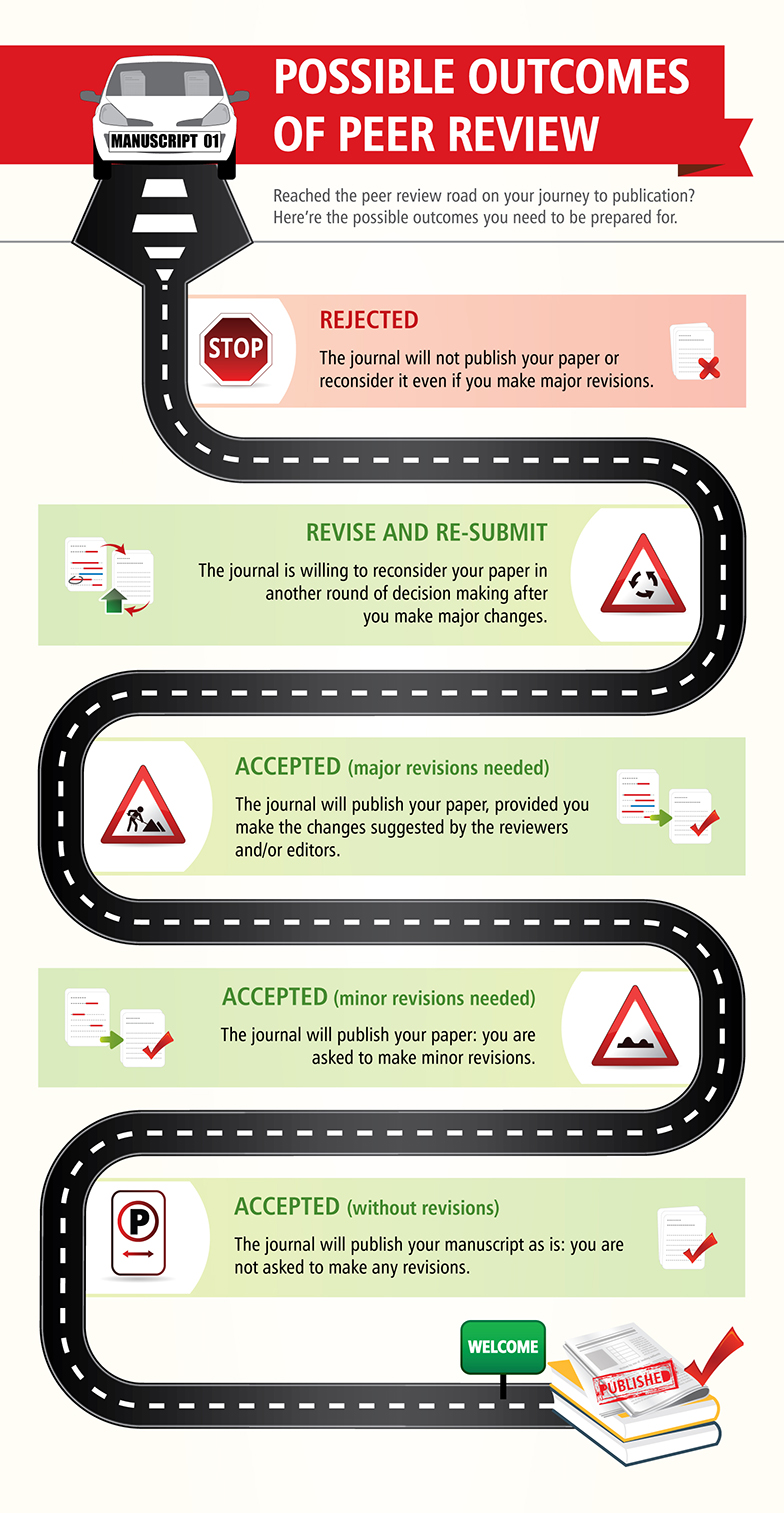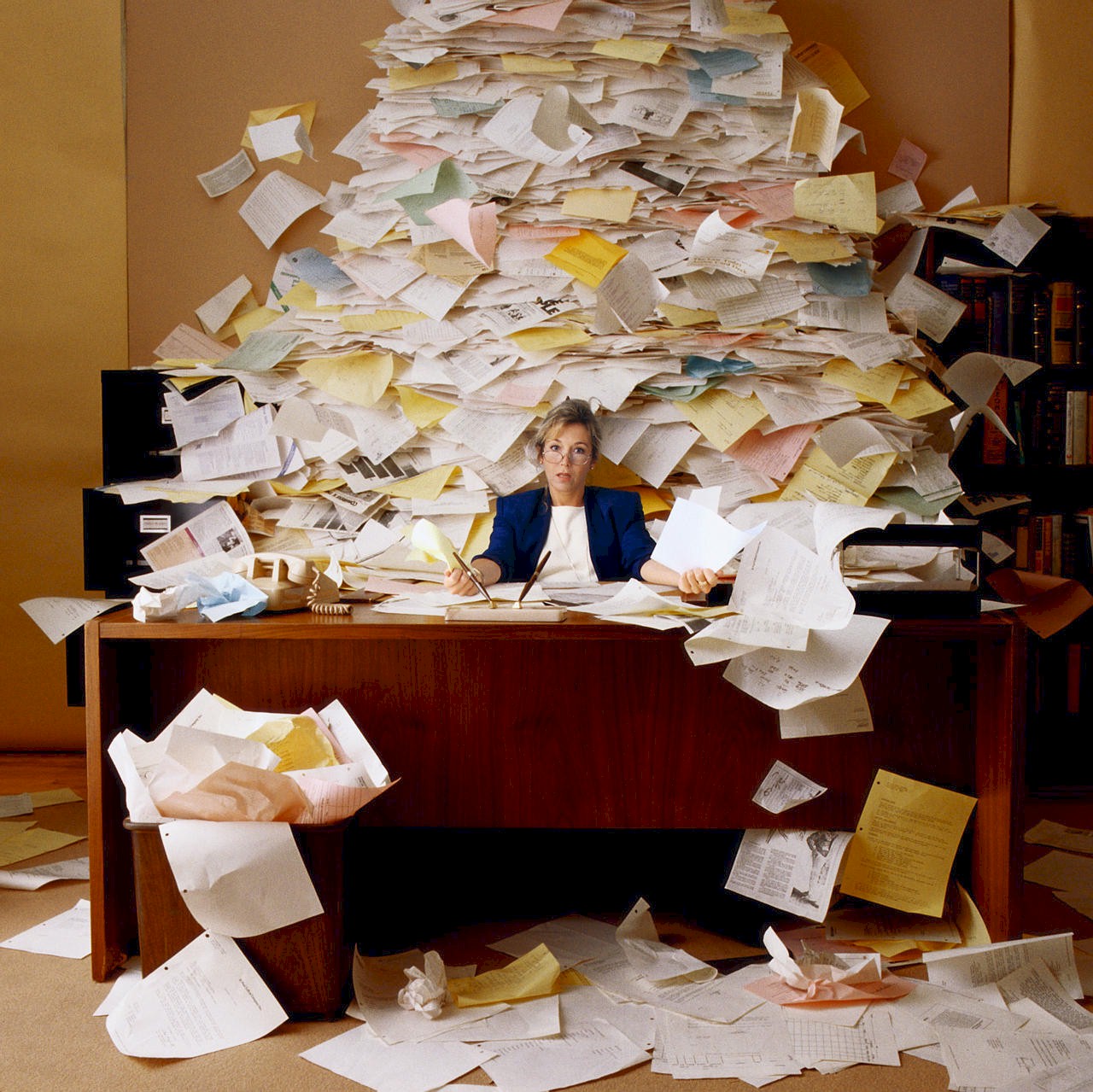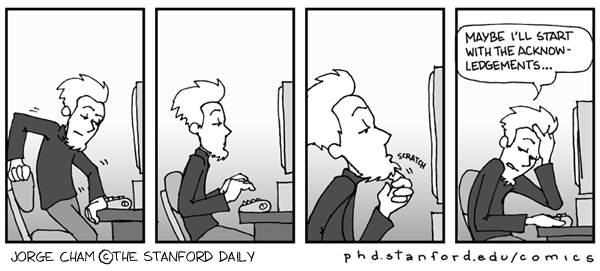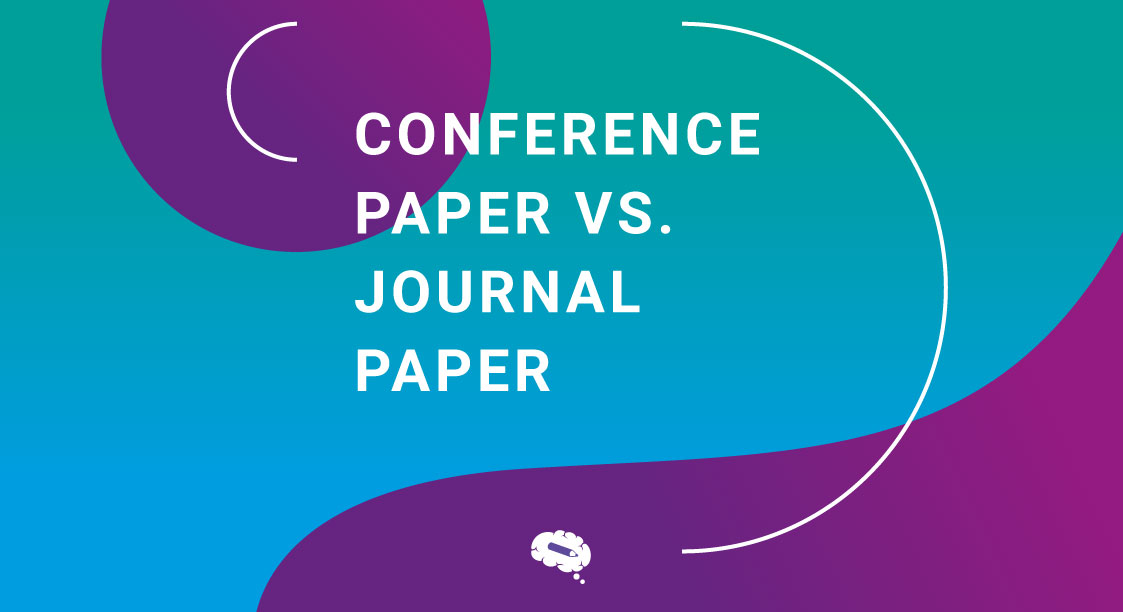Once all work is done and reviewed a couple of hundred times, the so awaited moment arrives: time to submit your scientific paper!
It is a long well-known road. But, chances your paper will be accepted at first try are low, so you get prepared for the following steps:
Let’s take a closer look at the beginning of the road and understand why your paper can be rejected.
Spoiler alert: it has everything to do with making journal editors dislike you.
 Journal editors receive hundreds of scientific papers everyday. Most of the papers will never pass through the submission phase simply because they have a different scope from the journal. This is the first reason why your paper can be rejected.
Journal editors receive hundreds of scientific papers everyday. Most of the papers will never pass through the submission phase simply because they have a different scope from the journal. This is the first reason why your paper can be rejected.
Next on the list, we have cover letter, title and abstract. These three things are the first interaction a reader will have with your work. Use them wisely and sell your findings! If you don’t express yourself well enough or in a way to convince the journal editor that your paper is good enough to be published, chances it will be rejected are high.
After this basic triage, journal editors will ask themselves these crucial questions: Is this work interesting? Is it relevant? Haven’t we seen too much of it already?
Here is when your paper may not pass to the referees. You may have a good data-driven research but if it is boring and worn-out, the journal won’t have space for it.
How to be sure your work will get to the referees then? By not making the journal editor dislike you.
First things first: journal editors are people too. They have emotions, good and bad days. That doesn’t mean they are not being professional or that they will do a lousy job. It means that they are just as inclined to be tired or stressed as me and you. Summing up, they are humans.
What does it have to do with getting your paper accepted? Well, everything.
From a huge pile of scientific papers, journal editors need to find which ones are worth publishing; which ones will captivate readers and make a difference to future researches. Your job is to impress them. You want to make them feel good about waking up in the morning and getting to work. And you will do it by making it easy and joyful to read your scientific paper.
Journal editors don’t have the time to read every single scientific paper they receive. So, to decide whether the paper will go ahead or not, they look for simple sources of information. That means they check tables and figures.
Not having good tables and figures will make your paper impenetrable. Journal editors won’t be able to get a nice clue on what you are talking about and may misjudge it to rejection. Trying to understand something and not being able to do it is very stressful. You won’t make anyone’s life easier and will probably make them spend time they don’t have to go through your work. This is how you make someone dislike you.
After a long day of work, journal editors won’t look twice to poorly presented papers. Your job is to make functional and attractive figures. That way you will stand out from the crowd at the same time you tell why your research is so cool.
If you need some extra help on making cool tables and figures, check out what Mind The Graph has to offer you!
And if you didn’t believe what I said, whatch this journal editor saying the exact same thing:

Subscribe to our newsletter
Exclusive high quality content about effective visual
communication in science.







